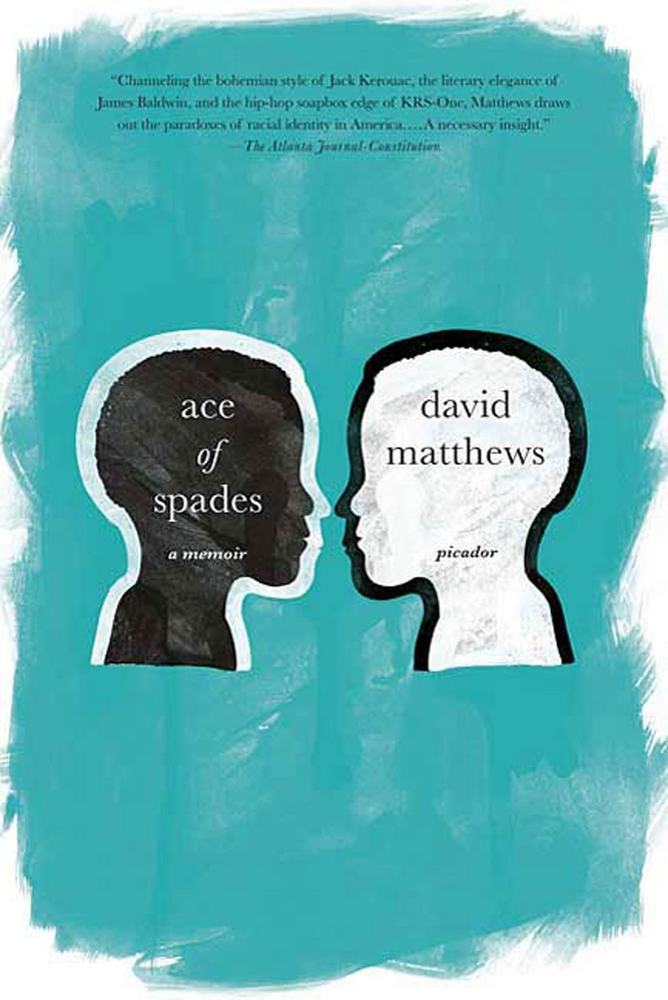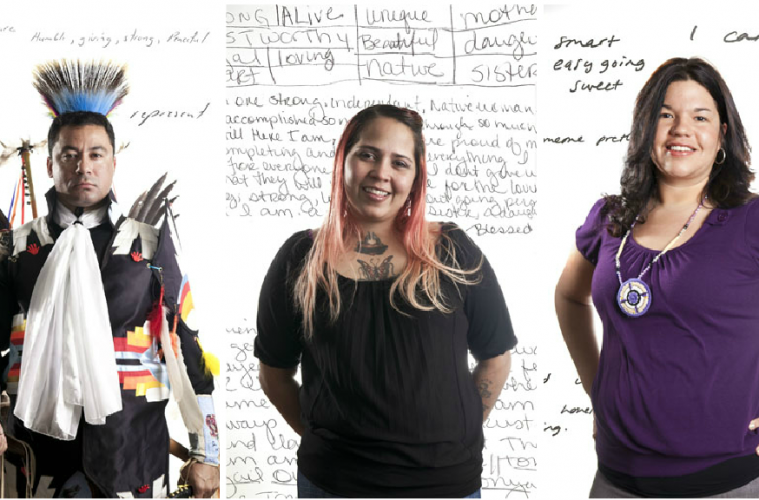Before “Hidden Figures,” There Was a Rock Opera About NASA’s Human ComputersPosted in Articles, Arts, Biography, History, Media Archive, United States, Women on 2017-03-13 01:30Z by Steven |
Before “Hidden Figures,” There Was a Rock Opera About NASA’s Human Computers
Air & Space Magazine
2017-02-03
Linda Billings, Senior Editor
Katherine Johnson’s inspirational story came to the Baltimore stage in 2015, thanks to another space scientist.
“Hidden Figures,” the story of three African-American women whose mathematical skill helped NASA launch astronauts into space and back in the early 1960s, has been both a critical and box office success. With more than $100 million in ticket sales and a stack of award nominations, the movie has inspired audiences with a true story made even more powerful by virtue of the fact that it was largely untold for 50 years. And still mostly unknown is the story of another NASA scientist who beat Hollywood to the punch by putting “human computer” Katherine Johnson’s saga on stage almost two years ago.
Heather Graham is an astrobiologist at NASA’s Goddard Space Flight Center outside Washington, D.C. She’s also a gamer, a feminist, and a member of the Baltimore Rock Opera Society. In May 2015, the society staged Graham’s one-act rock opera, “Determination of Azimuth,” which portrays how Johnson and her colleagues Mary Jackson and Dorothy Vaughan, were ignored and demeaned on the job at NASA’s Langley Research Center in Virginia, because they were black and female. The story has a happy ending: Their work was validated, their expertise accepted. But they had to endure racism and sexism along the way…
Read the entire article here.





